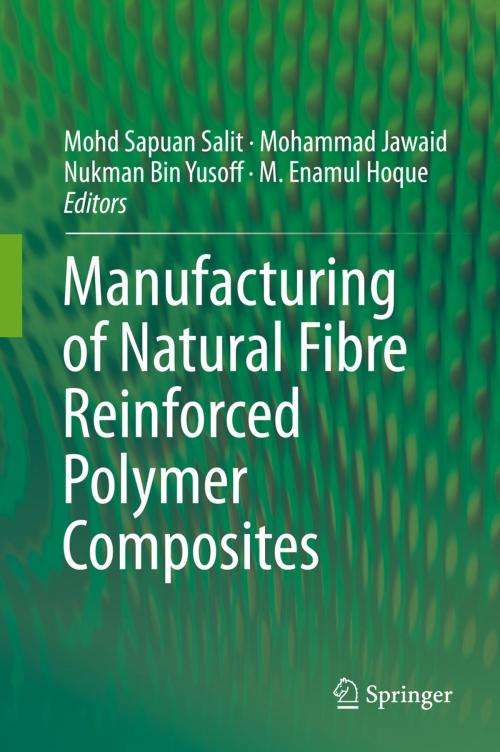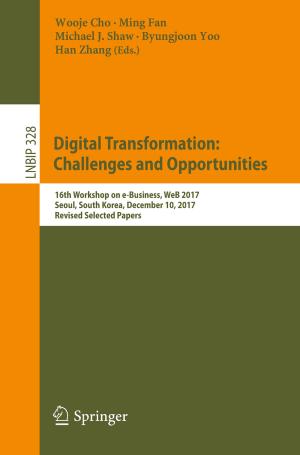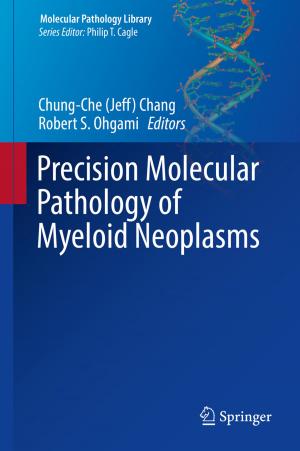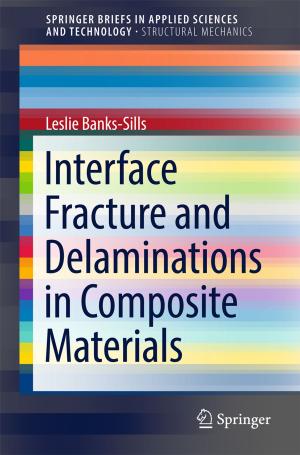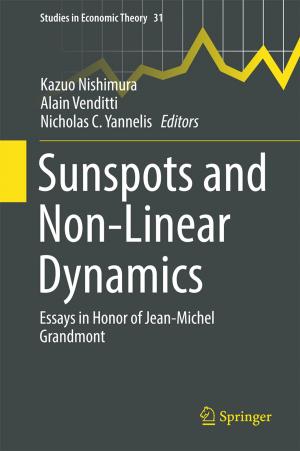Manufacturing of Natural Fibre Reinforced Polymer Composites
Nonfiction, Science & Nature, Nature, Plant Life, Trees, Science, Biological Sciences, Botany, Technology| Author: | ISBN: | 9783319079448 | |
| Publisher: | Springer International Publishing | Publication: | September 10, 2015 |
| Imprint: | Springer | Language: | English |
| Author: | |
| ISBN: | 9783319079448 |
| Publisher: | Springer International Publishing |
| Publication: | September 10, 2015 |
| Imprint: | Springer |
| Language: | English |
Natural fibre composite is an emerging material that has great potential to be used in engineering application. Oil palm, sugar palm, bagasse, coir, banana stem, hemp, jute, sisal, kenaf, roselle, rice husk, betul nut husk and cocoa pod are among the natural fibres reported to be used as reinforcing materials in polymer composites. Natural fibre composites were used in many industries such as automotive, building, furniture, marine and aerospace industries. The advantages of natural fibre composites include low cost, renewable, abundance, light weight, less abrasive and they are suitable to be used in semi or non-structural engineering components. Research on various aspects of natural fibre composites such as characterization, determination of properties and design have been extensively carried out. However, publications that reported on research of manufacture of natural fibre composites are very limited. Specifically, although manufacturing methods of components from natural fibre composites are similar to those of components from conventional fibre composites such as glass, carbon and Kevlar fibres, modification of equipment used for conventional fibre composites may be required. This book fills the gap of knowledge in the field of natural fibre composites for the research community. Among the methods reported that are being used to produce components from natural fibre composites include hand lay-up, compression moulding, filament winding, injection moulding, resin transfer moulding, pultrusion and vacuum bag moulding. This book is also intended to address some research on secondary processing such as machining and laser welding of natural fibre composites. It is hoped that publication of this book will provide the readers new knowledge and understanding on the manufacture of natural fibre composites.
Natural fibre composite is an emerging material that has great potential to be used in engineering application. Oil palm, sugar palm, bagasse, coir, banana stem, hemp, jute, sisal, kenaf, roselle, rice husk, betul nut husk and cocoa pod are among the natural fibres reported to be used as reinforcing materials in polymer composites. Natural fibre composites were used in many industries such as automotive, building, furniture, marine and aerospace industries. The advantages of natural fibre composites include low cost, renewable, abundance, light weight, less abrasive and they are suitable to be used in semi or non-structural engineering components. Research on various aspects of natural fibre composites such as characterization, determination of properties and design have been extensively carried out. However, publications that reported on research of manufacture of natural fibre composites are very limited. Specifically, although manufacturing methods of components from natural fibre composites are similar to those of components from conventional fibre composites such as glass, carbon and Kevlar fibres, modification of equipment used for conventional fibre composites may be required. This book fills the gap of knowledge in the field of natural fibre composites for the research community. Among the methods reported that are being used to produce components from natural fibre composites include hand lay-up, compression moulding, filament winding, injection moulding, resin transfer moulding, pultrusion and vacuum bag moulding. This book is also intended to address some research on secondary processing such as machining and laser welding of natural fibre composites. It is hoped that publication of this book will provide the readers new knowledge and understanding on the manufacture of natural fibre composites.
